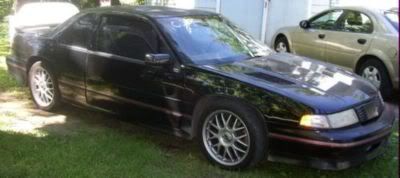This may be of use to those looking for aftermarket parts, or just curious for some odd reason. I am posting this here since I found a few text files I had from measuring my 60V6 parts.
Valve Spring
1.680" length
1.1705" OD Bottom
0.8435 ID Bottom
0.968" OD top
0.631" ID top
Retainer
0.9825" wide
0.430" tall
D 0.583
B 0.506
A 0.9825
Lifter
1.301" Inside width
1.375" Outside width
0.496" Spring depth
Cam
1036
1.743" lobe total
1.654" Lobe minus backside notch
0.089" depth notch
1.376" Base Circle diameter
1.057" Core
0.812" Distance between lobes (at the tip)
Cam
1038
1.745" lobe total
1.668" Lobe minus backside notch 1.692" Thinnest
0.077" depth notch 0.053" thinnest
1.376" Base Circle diameter
1.082" Core
0.478" Distance between lobes (at the tip)
Valve Spring
1.680" length
1.1705" OD Bottom
0.8435 ID Bottom
0.968" OD top
0.631" ID top
Retainer
0.9825" wide
0.430" tall
D 0.583
B 0.506
A 0.9825
Lifter
1.301" Inside width
1.375" Outside width
0.496" Spring depth
Cam
1036
1.743" lobe total
1.654" Lobe minus backside notch
0.089" depth notch
1.376" Base Circle diameter
1.057" Core
0.812" Distance between lobes (at the tip)
Cam
1038
1.745" lobe total
1.668" Lobe minus backside notch 1.692" Thinnest
0.077" depth notch 0.053" thinnest
1.376" Base Circle diameter
1.082" Core
0.478" Distance between lobes (at the tip)


Comment